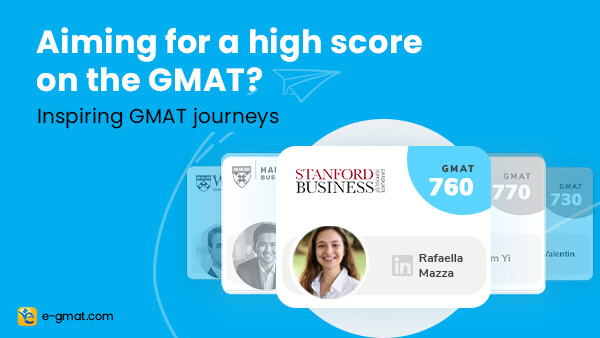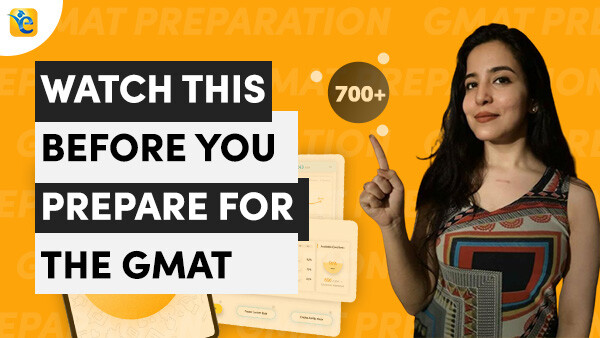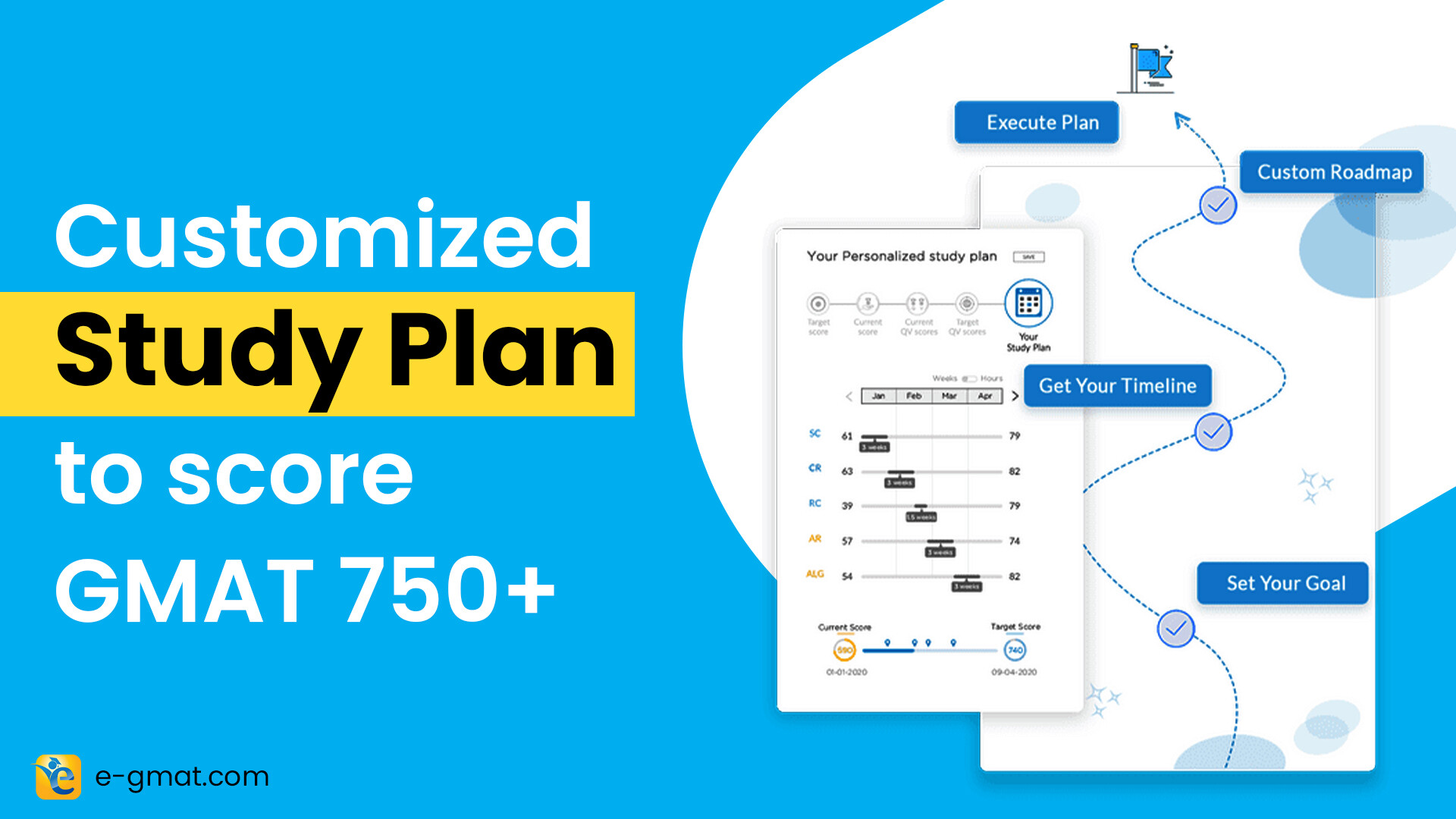In this article, we’ll look at the solution to this Official Guide (OG) question CR36441.01- “Consumer advocate- In our nation…” on Critical Reasoning:
CR36441.01- Consumer advocate: In our nation, food packages must list the number of calories per food serving. But most of the serving sizes used are misleadingly small and should be updated. The serving sizes were set decades ago, when our nation’s people typically ate smaller portions than they do today, and, as a result, people eating typical portions today consume more calories than the package labeling appears to indicate that they will. It is time package labeling reflected these changes.
Which of the following is the main point of the consumer advocate’s argument?
[Refer to GMAT Official Guide for Options]
Here is some general information about this official guide question:
- PQID: CR36441.01
- Difficulty Level: Hard
- Most Common Incorrect option choice: Choice C and Choice E
- Question Type: Main Point/ Conclusion
OG Video Solution – CR36441.01- Consumer advocate- In our nation…
Begin your GMAT preparation with the most reviewed GMAT prep company on GMAT club, which has delivered more 700+ scores than any other GMAT club partner. Achieve GMAT 740+ with our AI driven tools that give you personalized feedback at every step of your GMAT journey. Take our free trial today!
OG Solution – CR36441.01- Consumer advocate- In our nation…
Hey folks,
This article will cover one of the super-rare question types in GMAT CR – Main Point. While such questions are common in Reading Comprehension (RC), they are not common in CR. Through this article, you will get a crash-course on cracking Main Point questions on the CR side of things.
If you were not able to choose option B with authority in a matter of seconds after doing your prethinking, read on! This article is for you.
Understanding the Question Type – Main Point
First, let’s take a peek at the question stem:
“Which of the following is the main point of the consumer advocate’s argument?”
The obvious question here is – what exactly is meant by “Main Point” in a CR argument?
The definition of Main Point remains the same whether we are looking at CR or looking at RC. The Main Point is that central, singular point that the author (of the passage/argument) wants us to take away from our reading of the passage/argument.
In other words – what singular point is the author trying to convince you of? What does he/she want you to believe in as a result of your reading the argument?
Every other statement (apart from this point) in the CR argument is geared towards enabling the author to make this one central point which he/she wants you to believe in.
Sounds familiar?
It should. The Main Point of a CR argument is nothing but the main conclusion.
The main conclusion is the main claim that is made by the author, which he/she wants us to believe in. In order to make us believe in this conclusion, he/she brings in information in the form of premise statements.
Remember
Main Point of a CR Argument = Main Conclusion.
To summarize: The question is asking us to identify the main conclusion of the given argument!
Now, let me address the core cause of confusion and error for most students who falter in this question!
Inference vs. Conclusion – Clearing the Confusion
First, let’s understand what an inference is.
An inference is a statement that is 100% certainly true, based on the given information.
This can include a new point that can be logically derived with 100% certainty based on the given information, or even one of the stated pieces of information – a re-statement of the given premise information is also a valid inference, because it is also 100% certainly true basis the given information.
Now, consider the following argument, called argument X:

Argument X contains 3 stated premise statements and a conclusion statement (in yellow). Assume that there are exactly 2 underlying assumptions (unstated premises that must be true for the conclusion to hold true) for this argument, and no more.
Without these 2 underlying (i.e., unstated) assumptions, the conclusion is simply a claim – it may be true, or it may not be true.
Notice that such a conclusion cannot be considered a logical inference, because this conclusion requires certain unstated statements to be true, in order to hold true/be valid. In contrast, any inference should be definitely true just on the basis of stated (given) information. A real inference should not have to rely on any unstated assumptions to be valid.
The lesson: Not every conclusion is an inference. In a typical CR argument, the conclusion is simply a claim, which may or may not be true.
There is only one case where a conclusion is also an inference. Consider, for example, the same argument, but slightly modified:

In this version of the same argument, the two underlying assumptions are also stated as premises. Now, given that there are no other assumptions the author must make in arriving at the conclusion, the conclusion statement becomes not just the logical conclusion of the author, but also something that can be inferred based on the stated/given information.
In such a case, and only in such a case, the conclusion is also an inference.
Usually, in GMAT CR Inference questions, we are only given premises. The conclusion is not stated. That is why we call Inference questions as passages and not arguments (an argument has premise(s) and a main conclusion, a passage does not!).
If we use the above example, the 3 premise statements and the 2 assumption statements would be stated as premises in an Inference question. And then, we would have a question stem that goes as follows:
- Which of the following conclusions is most properly drawn from the information above?
- Which of these statements follows logically from the argument presented above?
- Which of the following would be a valid conclusion to the author’s argument?
- Which of the following can be logically concluded from the information above?
- Etc.
In such questions, we are being asked to arrive at a conclusion that can be logically derived or inferred from the given information. This conclusion is a logical inference from the passage. This is not the same as the conclusion of a typical CR argument, where we may have underlying assumptions. That conclusion is not an inference; it is a claim which will not be true unless some unstated aspects hold true.
The key lesson: Not every conclusion is an inference. The main conclusion/main point of a CR argument is not an inference; it is a claim being made by the author.
The implication of the above lesson: We should not be searching for a valid inference derived from the premise statements as an answer to a Main Point question.
We should instead be identifying the main conclusion in the given argument and trying to find it in the options.
Identifying the Main Point
| Statement | Role |
| Consumer advocate: In our nation, food packages must list the number of calories per food serving. | Fact, Premise |
| But most of the serving sizes used are misleadingly small | Fact, Premise |
| and should be updated | Claim, Main Conclusion |
| The serving sizes were set decades ago, when our nation’s people typically ate smaller portions than they do today, | Fact, Premise |
| and, as a result, people eating typical portions today consume more calories than the package labeling appears to indicate that they will. | Fact, Premise |
| It is time package labeling reflected these changes. | Opinion, Premise (explains why serving size needs to be updated – so that it reflects the changes) |
The main conclusion or the main point is the central point the author wants us to take away. Here, it is the recommendation that serving sizes on food packaging needs to be updated (so that it can reflect the changes in consumption amounts).
Our correct answer should be along the lines of the same.
Quick and Easy Answer Choice Analysis
Option A:
This is an inference but not the main point/main conclusion. Given that serving size on most food packaging is misleadingly small today, it is reasonable to say that the number of calories per serving is also misleadingly small in the case of most food packaging (the package will say 100 Kcal/serving, but in reality, it is 500 kcal/serving because of the increased serving size). So, option A is a valid inference. But we are not looking for an inference; we are looking for the main conclusion.
Option B:
Correct answer. This is exactly the main point/main conclusion (Portion size = serving size!).
Option C:
This is an inference but not the main point/main conclusion. The argument gives us option C as a premise. But it is not the main conclusion.
Note: You could argue that we cannot infer option C – we know that such people often consume more calories; can we say “far” more calories? If you ask me, I do not think the test-maker is making such a distinction here!
But either way, option C cannot be the correct answer here, as it is not the main conclusion.
Option D:
This is an inference but not the main point/main conclusion. The argument gives us option D as a premise. But it is not the main conclusion.
Option E:
Neither is option E a valid inference, nor is it the main conclusion. Hence, it is not the main point!
Why is option E not a valid inference?A lot of students pick option E as they believe it is the derived new point that can logically be inferred from the given information. While it is still not the main conclusion, let me show you why it is also not a valid inference.
As per the passage –
- The serving sizes on most food packaging are misleading. Yes.
- People today are eating larger portions (bigger serving sizes) than what is shown on the packaging. As a result, they are consuming more calories than what the packaging indicates.
- The real cause of the higher calorie consumption then is the fact that people today are eating larger servings/portions.
- Are people eating larger portions because of the misleading information on the food packaging? We do not know.
- It could be because people get misled by the packaging –
- Example – Jake has a calorie requirement of 100 kcal from a serving of Oats, but the packaging says that he will get 50 Kcal per serving. So, he eats double the serving size of what he would otherwise eat if not for the misleading packaging!
- In such a case, we can infer option E. Misleading serving size -> people eating larger portions -> more calorie consumption.
- It could be because of some other reason –
- Example – people do not look at the information in the packaging. People eat larger portions nowadays because they exert themselves more (work, exercise, etc.) and so feel more hungry.
- In such a case, we cannot infer option E.
- It could be because people get misled by the packaging –
- So, we cannot infer option E with certainty.
Even if we could, it is not the main conclusion. Hence, option E is incorrect!
There you go! I hope that this article provided you with some much-needed clarity on how to tackle Main Point question in GMAT CR.
Key Lessons
- Main point of the CR argument = Main Conclusion.
- Not every conclusion is an inference.
- Main conclusion of a CR argument is the claim being made by the author. This is a claim, which may or may not be true. An inference, on the other hand, is definitely true. These two are not the same.
- We should not be searching for a valid inference derived from the premise statements as an answer to a Main Point question.
- We should instead be identifying the main conclusion in the given argument and trying to find it in the options.
Practice Question
If you liked this question, here is another non-classical question of a rare type. This one is a parallel reasoning/analogous reasoning question!
Hope this helps!
Harsha
If you are planning to take the GMAT, we can help you with a personalized study plan and give you access to quality online content to prepare. Write to us at acethegmat@e-gmat.com. We are the most reviewed GMAT prep company on GMAT club with more than 2400 reviews and are the only prep company that has delivered more than 700+ scores than any other GMAT club partner. Why don’t you take a free trial and judge for yourself?










